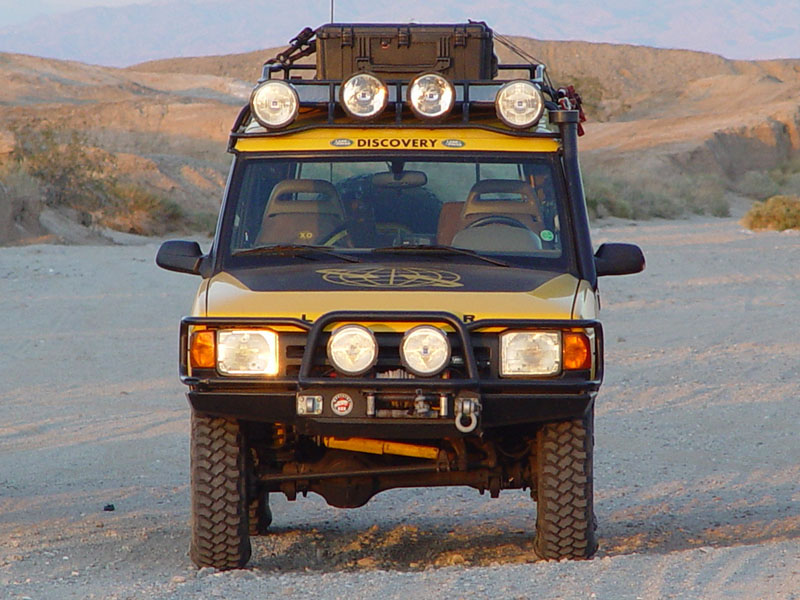Desolation
Adventurer
Sitting here around the fire, perhaps a pint of something 30-years old and for me I think a fine 50-Ring, yes, yes I'll take the down wind...
So I've been a-wondering, the Expo community tends to a skinny tire.
Having some experience with various widths of tire and having passed tens of thousands of miles under various tires and vehicles over the past 3 decades I am wondering why? What is the perceived skinny on the skinny?
In most cases I can only reason that is is some kind of tradition throwing back to when there simply were not good specialized off road tires, or even good road tires, and the look established back then, over rides the function today.
Then again what do I know?:coffeedrink: I'm sitting on the down wind side of this fire
Oh, here's that pint, sorry got to talking there....
:1888fbbd:
So I've been a-wondering, the Expo community tends to a skinny tire.
Having some experience with various widths of tire and having passed tens of thousands of miles under various tires and vehicles over the past 3 decades I am wondering why? What is the perceived skinny on the skinny?
In most cases I can only reason that is is some kind of tradition throwing back to when there simply were not good specialized off road tires, or even good road tires, and the look established back then, over rides the function today.
Then again what do I know?:coffeedrink: I'm sitting on the down wind side of this fire
Oh, here's that pint, sorry got to talking there....
:1888fbbd:
Last edited:

